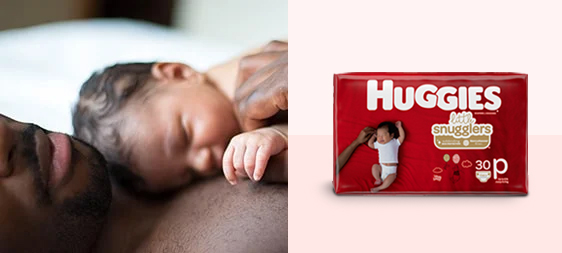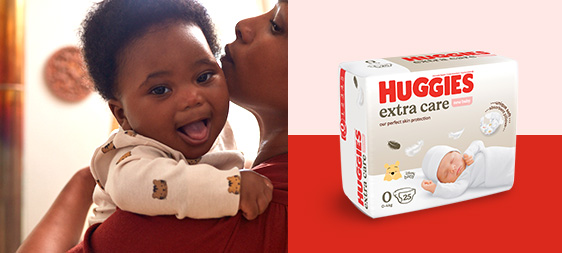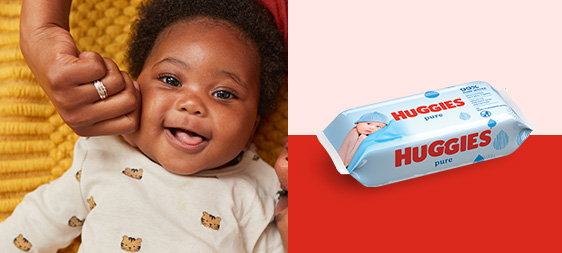There are many lovely aspects to being pregnant. The building sense of excitement, preparation for the new baby, just becoming a parent – the list is endless. But it’s only fair to say that pregnancy is not always pleasant. Right up on the list of the not so wonderful pregnancy experiences are haemorrhoids. You may have heard them referred to as “piles” – which are the same thing, just with a different name.
Essentially, haemorrhoids are varicose veins of the rectum and one of the more common physical conditions during pregnancy. They don’t actually constitute a complication because they are so common – around 20-35% of women will experience pregnancy haemorrhoids to a greater or lesser degree. Most women don’t have an issue with haemorrhoids though until their third trimester.
Why do haemorrhoids occur during pregnancy?
The increasing weight of the baby as it grows within the womb places pressure on all of the mother’s internal organs and tissues. Space becomes limited so there is a slowing down and pooling of the blood flow into and out of the veins supplying the mother’s pelvis. The veins in the bowel wall become distended and engorged, which also weakens them.
Pregnancy hormones also cause a general relaxation of the tissues, including the vein walls. This means they are not as firm as they usually are, so they tend to swell and enlarge.
Another contributing factor is the overall increase in the mother’s circulating blood volume. In order for her baby to be well-oxygenated and have an adequate supply of nutrients, the amount of blood a mother carries needs to increase from its normal amount by another 40%. All this extra fluid and blood needs to be transported by her veins and arteries. It is common for the valves and vessel walls to struggle to return the blood back up to the mother’s heart and lungs to load up on oxygen again.
If you had haemorrhoids before pregnancy, then you are more likely to develop them when pregnant. Pushing during the second stage of labour can also lead to haemorrhoids developing. If the second stage is long and protracted, there is an even greater risk.
What can I do to prevent haemorrhoids?
There are lots of things that can be done, but there is no guarantee of success. Hoping or wishing for immunity won’t get you far.
But you could try any or all of the following tips to try and reduce the likelihood of you developing pregnancy haemorrhoids:
Avoid constipation. Hard, dry bowel motions are much more difficult to pass and they contribute to haemorrhoids.
Drink lots of water – at least 2.5 litres a day. Water helps to keep stool soft and makes it easier to pass.
Fruit juice, herbal teas and fluids all help to avoid constipation.
Avoid sitting on the toilet for long periods of time. Stay for as long as you need to, but avoid placing any unnecessary and prolonged pressure on the bowel and rectum.
Place your feet on a stool when you’re on the toilet. This helps to build the right level of intra-pelvic pressure.
Avoid straining on the loo. If you don’t need to go, then get up and leave.
Don’t ignore the sensations of needing to empty your bowels. Overriding this signal leads to problems with constipation. Over time, it also affects the tone and sensations of the lower bowel so it doesn’t work as effectively as it should.
Make sure your diet is high in fibre and roughage. Fruits, vegetables, bran, oats, cereals and wholegrains are bulk forming and easier to pass.
Avoid eating large amounts of red meat, white bread and processed foods. Indigestible fibre works like a broom in the bowel and helps to avoid sluggishness.
How will I know if I’ve got haemorrhoids?
Haemorrhoids can occur internally or externally. If they are internal you may not be aware you have them until you notice some blood on the toilet paper. External haemorrhoids feel like a bulge coming out of your anus and have a grape-like appearance. If you are in doubt, then get a mirror and take a look. They are not a pretty sight, so be prepared.
The size of the haemorrhoids is not necessarily an indicator of how they feel. Some women describe the pain of haemorrhoids as being “like a knife in my bottom” or a “hot poker”. If, however, you can see you have haemorrhoids but don’t have any pain, then don’t worry.
Bleeding can also occur if the haemorrhoids are swollen and large. This can be very scary as it is easy to be confused about where exactly the blood is coming from. Have a check with your healthcare professional if you are at all concerned. It’s always better to be sure.
Women who have vulval varicosities (varicose veins of the vulva) tend to be more prone to developing haemorrhoids. Being overweight before pregnancy, carrying multiples, extra fluid or being inactive all contribute to the risk of pregnancy haemorrhoids.
Haemorrhoids can feel very uncomfortable, and create an aching feeling in and around the anus. They can also feel itchy and create pressure – all very distinctive sensations if you’ve not had them before.
Some women find that after sex, there is an increase in the aching and throbbing sensation around their haemorrhoids. This is due to a general increase in blood flow and engorgement to the vaginal/perineal/anal area during intercourse.
Haemorrhoid treatment – what really works
It’s important that you find out first if what you think could be haemorrhoids, really are. Your GP, midwife or obstetrician will be able to tell you for sure. Don’t feel shy, you can be sure they’ve seen a million haemorrhoids before and if they’ve had a baby themselves, will be able to empathise with you.
There are a number of haemorrhoid treatment options – each varies in their effectiveness. Ultimately, treatment helps to alleviate the symptoms, rather than get rid of them altogether. Most women find they don’t really feel completely free of symptoms until after they’ve had their baby. And even then, it can take some weeks for haemorrhoids to resolve altogether.
Avoid becoming constipated.
There is a range of over the counter (OTC) creams available, which help to reduce engorgement. Make sure you speak with the pharmacist before using any medication or treatments during pregnancy.
There are also creams available which help to lubricate the anal passage and make it easier to pass soft stools.
You may need to take a mild laxative – this helps to soften the stool and helps to regulate bowel frequency.
Medicated pads impregnated with cream or lotions can also be bought from pharmacies.
Some creams and ointments contain local anaesthetic and numbing agents; these can be very effective for localised pain.
Cold packs or cool baths can help.
Ice-packs are also helpful, but not for long periods. Make sure you cover the pack with a soft cloth and be very particular about hygiene.
Witchhazel is a natural remedy, which reduces haemorrhoid swelling. Cool the witchhazel down first and then let it soak into a cotton ball. Place this against the haemorrhoid.
Bi-carbonate of soda dissolved in a warm bath can also be soothing.
Avoid any heavy lifting. This increases intra-abdominal and pelvic floor pressure.
If you need to empty your bladder, don’t hold off. There really isn’t too much space in the pelvis and pressure in one area can have an effect on the adjacent organs and tissues.
Keeping the anal area very clean is important. After a bowel motion make sure you clean yourself very thoroughly with soft toilet paper and wipes. You may find that wetting the toilet paper, having a shower or using a soft cloth is more comfortable.
Don’t eat too much salt or salty food. Salt/sodium leads to water-retention and extra circulating blood volume.
Avoid eating excessively spicy foods. This can lead to further pain as they are passed.
Avoid scratching if you are itchy. This can damage the vein walls and weaken them further.
Keep up your Kegel exercises. These help to maintain pelvic floor strength and tone, which ultimately means that everything is more likely to stay where it should.
Sleep on your side, rather than your back or semi-upright. Your left side is the best position to alleviate pelvic or anal engorgement.
Exercise regularly. The simple act of going for a walk each and every day helps to increase circulation and improve digestion. Having a “sluggish” bowel does not help.
Avoid gaining too much weight. A healthy weight gain in pregnancy is around 10-12 kg; any more will increase your risk of a whole range of complications.
Avoid standing or sitting for long periods of time. Doing this “pools” the blood in your bottom region.
A donut shaped O pillow may be useful. Though there is some disagreement from health care practitioners that these restrict the blood flow out of the area.
One final tip
Haemorrhoids can be much more painful when they protrude from the anus. This leads to further engorgement and pain. Gently pushing the hemorrhoid back inside the anus reduces the discomfort and engorgement. Speak with your healthcare practitioner about the best way to do this.





















